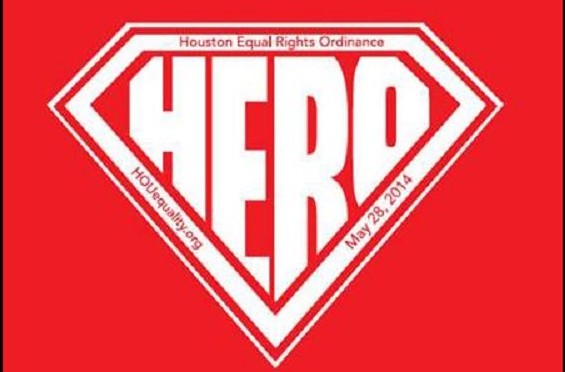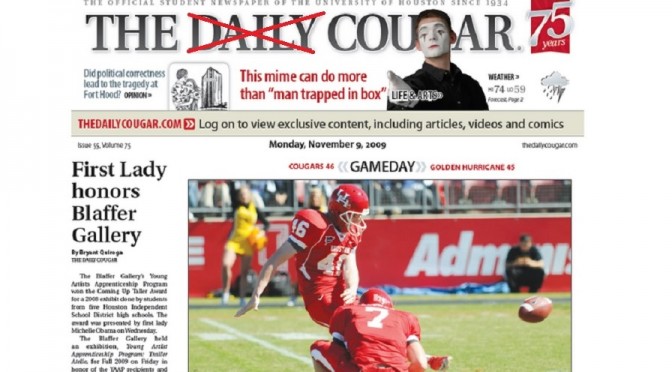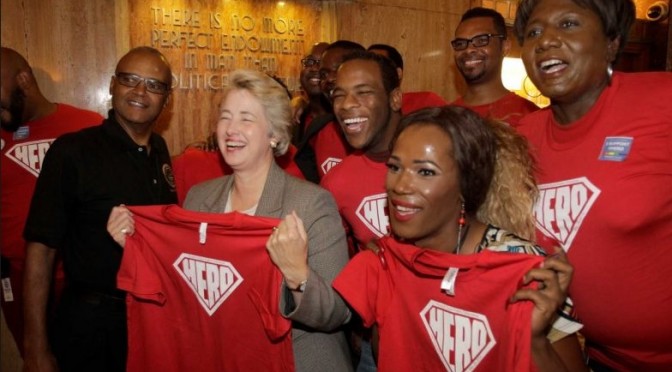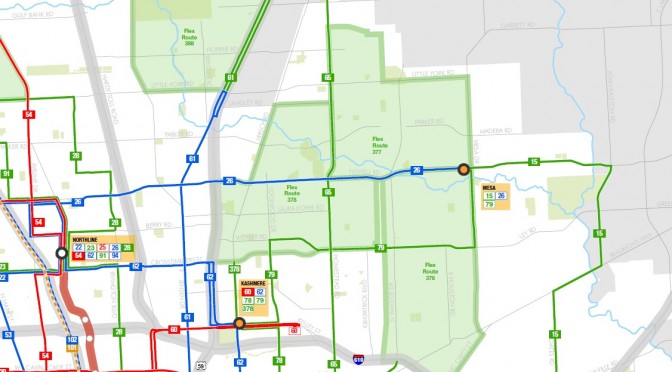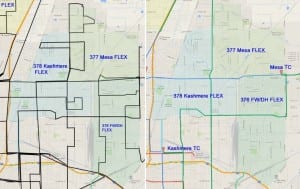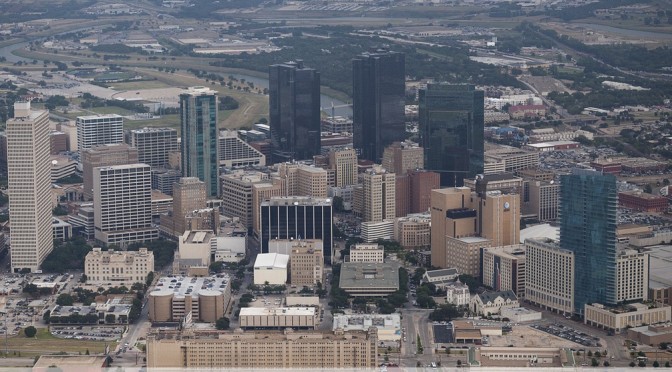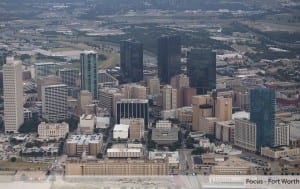Apparently the opponents of the Houston Equal Rights Ordinance cannot take “yes” for an answer. Even after Mayor Annise Parker already agreed that HERO will not be enforced until all matters are settled in court, the anti-equality group is not satisfied in the least. Here’s the Houston Chronicle’s Mike Morris with more…
Opponents of Houston’s equal rights ordinance have asked the Texas Supreme Court to force the city secretary to certify the signatures on a petition they submitted seeking to trigger a repeal referendum on the law.
Houston’s 14th Court of Appeals denied a similar request on Aug. 15, ruling that the emergency writ of mandamus would have the same result as a favorable ruling in the pending lawsuit opponents filed against the city earlier this month. The plaintiffs, the judges wrote, could appeal after a ruling comes down at the trial court level.
Trial in that case is set for Jan. 19.
The new filing with the Supreme Court, turned in late Tuesday, is similar to the group of conservative pastors and activists’ previous requests. It seeks to have the court force the city to suspend enforcement of the ordinance, to put the ordinance to another vote of the City Council and, if the council does not repeal it, to put the issue before voters.
The case already scheduled for January is seeking a writ of mandamus— a court-ordered directive for the signatures to be certified, and therefore require a referendum. But the filing to the Texas Supreme Court asks for virtually the same thing, though both sides know the January trial is already pending.
Some may wonder… if the Mayor and the City are already giving HERO haters what they want by suspending enforcement of the ordinance, why is it necessary to keep crying for a court-ordered suspension? It’s proving to be not only a waste of time for our court system, but as Off the Kuff points out, is surely costing a mountain in legal fees.
The simple answer? Because politics.
For one thing, the recently ousted Jared Woodfill needs something to do, or else he risks losing all relevance with the political elite. Parker’s decision to preemptively suspend the law is a special thorn in the opponent’s side because it denies them any possible political win. If the Houston Equal Rights Ordinance is not in effect, they don’t get to shout from the rooftops that their court order was able to suspend it. So instead they’re trying for the next best thing… a milk-toast version of victory via paper. In order to give their cause any hope, they are desperate for something to cling to.
It’s true that anything could happen with the Texas Supreme Court. They may choose to take the case and push HERO to a referendum. But even in that event, supporters are the law are ready for the fight… whether it takes place today, in January or years down the line.
See Texpatriate for more analysis on this, including a better explanation of the actual legalese.
